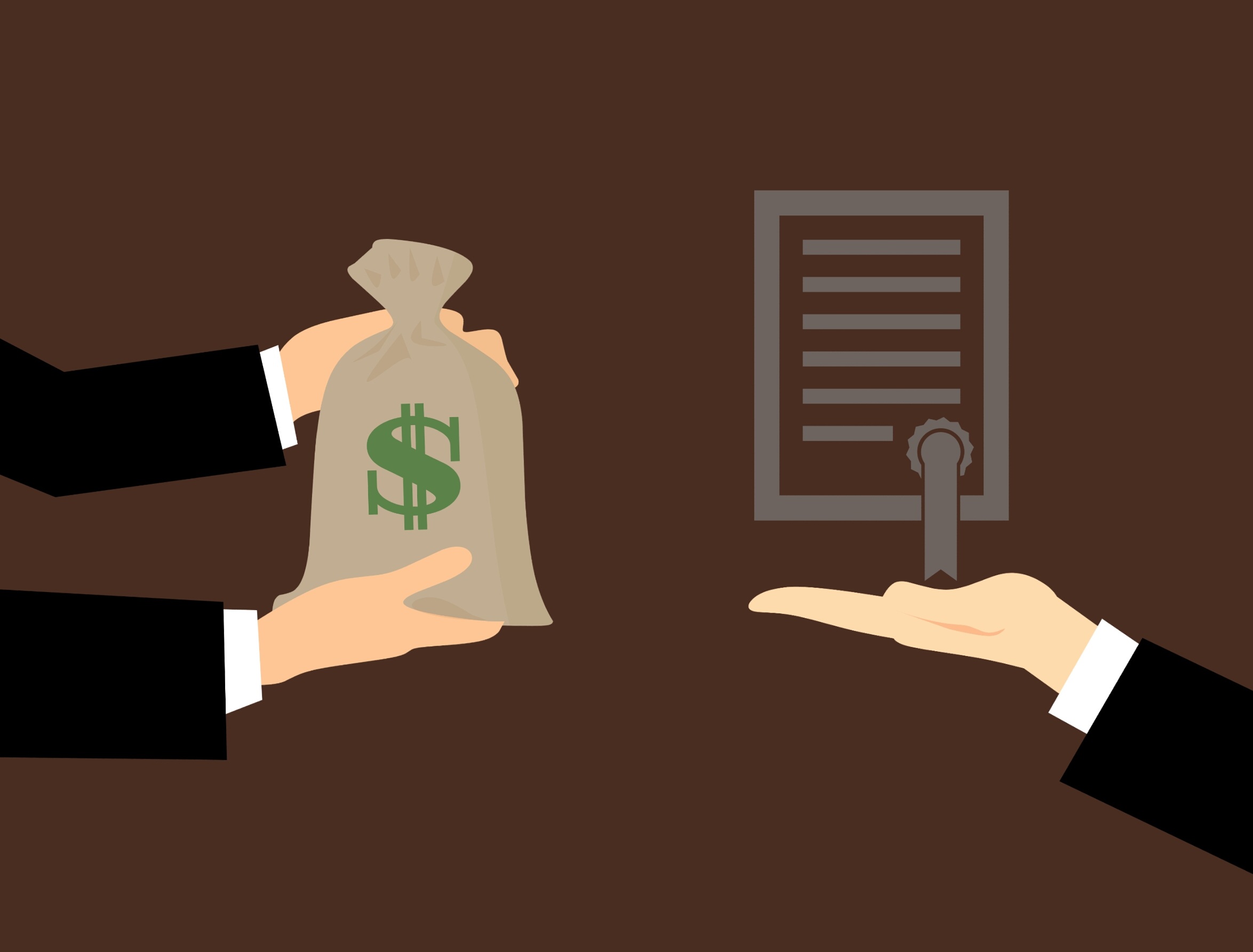Introduction
As we slowly emerge from the pandemic, there’s a new storm brewing in the global economy. Inflation is on the rise and it’s putting a strain on everyone, from consumers to policymakers. The Federal Reserve (also known as “the Fed”) has been tasked with keeping inflation under control while also ensuring economic growth. However, their resolve is being tested like never before. In this blog post, we’ll take a closer look at why rising inflation is such a big deal and how the Fed plans to tackle it head-on. So buckle up and let’s dive into this economic rollercoaster!
What is inflation and why is it rising?
Inflation is a term used to describe the overall increase in price levels of goods and services over a certain period. It’s measured by tracking changes in the Consumer Price Index (CPI), which measures how much consumers are paying for things like food, housing, transportation, and healthcare.
There are many factors that can contribute to rising inflation rates. One of the primary causes is an increase in demand from consumers. When people have more money to spend or feel confident about their financial future, they tend to buy more goods and services leading to increased demand.
Another factor contributing to inflation is supply chain disruptions such as natural disasters or pandemics that affect production or distribution processes causing shortages of certain products thereby raising their prices.
Additionally, inflation can be influenced by government policies like tax cuts or increases in interest rates which impact the amount of money available for spending on goods and services.
Regardless of what causes it, rising inflation can have serious implications for both individuals and businesses alike including higher costs for basic necessities making it difficult for lower-income groups who rely on fixed incomes while also increasing borrowing costs affecting companies planning expansions.
How is the Fed responding to rising inflation?
The Federal Reserve, or the Fed for short, is responsible for maintaining price stability in the economy. As inflation rises above their target rate of 2%, they are now faced with tough decisions on how to respond.
One way the Fed can combat rising inflation is by raising interest rates. By increasing the cost of borrowing, individuals and businesses will have less money to spend, ultimately lowering demand and prices. However, this can also lead to a slower economy and potentially cause unemployment.
Another tool at their disposal is reducing asset purchases. The Fed has been purchasing government bonds as a way to stimulate economic growth during the pandemic. By slowing down these purchases, they can reduce excess cash flow in the market and slow down inflation.
The Fed may choose to simply wait it out. They believe that much of current inflation is transitory due to supply chain disruptions and pent-up consumer demand post-pandemic. If this theory proves correct, then there may be no need for drastic action on their part.
There are several options available for how the Fed responds to rising inflation but each comes with its own set of risks and benefits.
What are the implications of the Fed’s actions?
The Fed’s actions can have far-reaching implications for the economy and individuals alike. One implication is that their response to rising inflation could potentially lead to higher interest rates, which would affect borrowing costs for consumers and businesses.
Higher interest rates may make it more expensive for people to take out loans or mortgages, which could slow down economic growth. On the other hand, it may also help curb inflation by reducing spending and demand in the economy.
Another potential implication of the Fed’s actions is how they will impact investments. As interest rates rise, investors may shift their money away from riskier assets like stocks towards safer options like bonds. This could cause a ripple effect across financial markets, affecting everything from retirement savings to company valuations.
Ultimately, there are no easy answers when it comes to balancing inflation concerns with economic growth goals. The decisions made by the Fed will undoubtedly have consequences for years to come – both positive and negative – but only time will tell what those outcomes will be.
Conclusion
The Fed’s resolve is indeed being tested in the face of rising inflation. While they have implemented measures to address this issue, such as tapering their bond purchases and signaling future interest rate hikes, it remains to be seen whether these actions will be enough to stabilize prices in the long term.
The implications of rising inflation are numerous and far-reaching, affecting everything from consumer purchasing power to business investment decisions. As such, it is crucial that the Fed continues to monitor inflation trends closely and adapts their policies accordingly.
Ultimately, only time will tell how successful the Fed’s efforts will be in combatting rising inflation. However, by remaining vigilant and taking proactive steps where necessary, they can help ensure a stable economic environment for years to come.




